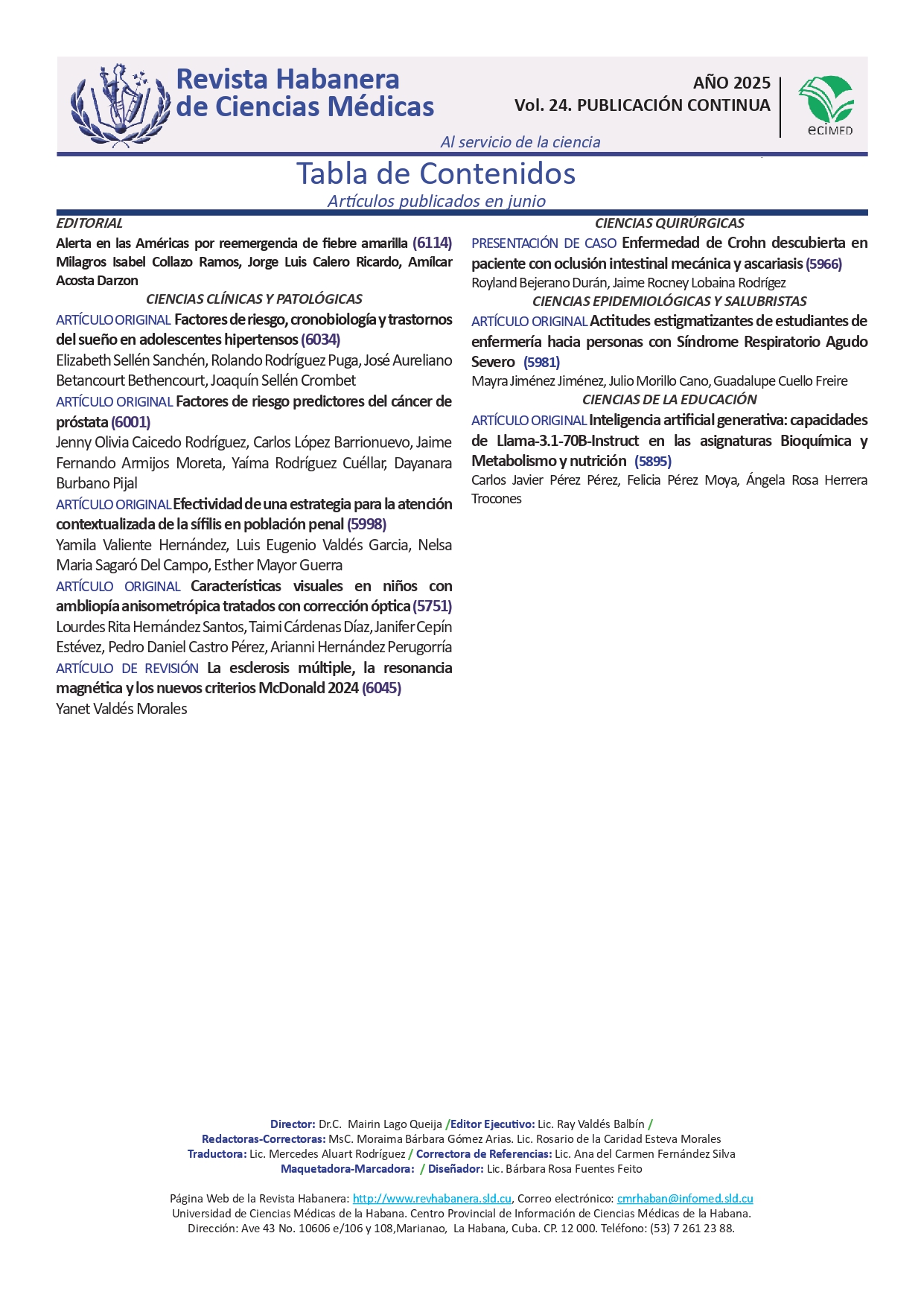Effect of Glycerin Application on the Surface Hardness of Composite Resins: A Systematic Review of In Vitro Studies
Keywords:
Composite Resins, Glycerol, Surface Properties, Hardness, Polymerization, In Vitro Techniques, Evidence-Based DentistryAbstract
The application of glycerin to dental composite resins before curing has been widely discussed in academic and clinical settings, often without empirical validation. This systematic review aimed to evaluate whether glycerin application prior to light-curing improves the surface hardness of composite resins, synthesizing evidence from in vitro studies. A comprehensive search was conducted across PubMed, Scopus, Web of Science, and Cochrane Library, following PRISMA guidelines and a registered PROSPERO protocol. Eligible studies included in vitro research comparing surface hardness outcomes between glycerin-treated and untreated composite resin groups. Risk of bias was assessed using the RoBDEMAT tool, and data were narratively synthesized due to methodological heterogeneity. Three studies met the inclusion criteria. All reported a consistent increase in surface hardness following glycerin application, attributed to its ability to minimize the oxygen-inhibited layer and enhance polymerization. Notably, medical-grade glycerin demonstrated superior performance compared to dental formulations. However, exposure to acidic environments post-curing was found to reduce this benefit. Risk of bias analysis revealed moderate concerns, particularly due to unreported randomization and operator blinding procedures. In conclusion, in vitro evidence supports the beneficial role of glycerin in enhancing the surface hardness of composite resins when applied before curing. These findings reinforce glycerin's utility as a clinically relevant adjunct in restorative dentistry. Nonetheless, the lack of clinical studies and standardization in glycerin formulation highlights the need for further high-quality research under simulated oral conditions to establish definitive clinical guidelines.
Downloads
References
1. Nugroho TA, Fortuna G, Batubara L, Hardini N. The Effect Of Glycerin Application On Surface Hardness Of Nanohybrid Composite Resin Immersed In Alcoholic Mouthwash. Dentino: Jurnal Kedokteran Gigi. 2023;8(1):91-4. doi: https://dx.doi.org/10.20527/dentino.v8i1.16088.
2. Nugroho R, Kharisma PN, Budirahardjo R. Pengaruh Aplikasi Gliserin pada Kekerasan Resin Komposit Nanofiller dengan Perendaman Cuka Apel. Pustaka Kesehatan. 2020;8(2):87-92. doi: https://doi.org/10.19184/pk.v8i2.11322.
3. Amala FN, Nugroho R, Lestari S. The Effect of Glycerin Application on The Surface of Microhybrid Composite Resin to Its Compressive Strength with Immersed in Pure Coffee Solution. Journal of Indonesian Dental Association. 2022(1):15-9%V 5. doi: https://doi.org/10.32793/jida.v5i1.744.
4. Park H-H, Lee I-B. Effect of glycerin on the surface hardness of composites after curing. J Korean Acad Conserv Dent. 2011;36(6):483-9. doi: https://doi.org/10.5395/JKACD.2011.36.6.483.
5. Page MJ, McKenzie JE, Bossuyt PM, Boutron I, Hoffmann TC, Mulrow CD, et al. The PRISMA 2020 statement: an updated guideline for reporting systematic reviews. BMJ. 2021;372:n71. doi: https://doi.org/10.1136/bmj.n71.
6. Delgado AH, Sauro S, Lima AF, Loguercio AD, Della Bona A, Mazzoni A, et al. RoBDEMAT: A risk of bias tool and guideline to support reporting of pre-clinical dental materials research and assessment of systematic reviews. J Dent. 2022;127:104350. doi: https://doi.org/10.1016/j.jdent.2022.104350.
7. Ferreto-Gutiérrez I, Hernandez-Mata A, Ferreto-Gutierrez I, Hernandez-Mata A. Mathematical-Physical Description of the Oxygen-Inhibited Layer (OIL) in Nanofilled Dental Polymers. ODOVTOS INTERNATIONAL JOURNAL OF DENTAL SCIENCES. 2024;26(1):65-75. doi: https://doi.org/10.15517/ijds.202.
8. Handayani TM, Nugroho R, Hidayati L, Aju Fatmawati DW, Sumono A. Effects of glycerin application on the hardness of nanofilled composite immersed in tamarind soft drinks. Dental Journal. 2019;52(2):95-9. doi: https://doi.org/10.20473/j.djmkg.v52.i2.p95-99.
9. Marigo L, Nocca G, Fiorenzano G, Callà C, Castagnola R, Cordaro M, et al. Influences of Different Air-Inhibition Coatings on Monomer Release, Microhardness, and Color Stability of Two Composite Materials. BioMed research international. 2019;2019:4240264. doi: https://doi.org/10.1155/2019/4240264.
10. Lim JH, Lee SY, Gu H, Jin G, Kim JE. Evaluating oxygen shielding effect using glycerin or vacuum with varying temperature on 3D printed photopolymer in post-polymerization. J Mech Behav Biomed Mater. 2022;130:105170. doi: https://doi.org/10.1016/j.jmbbm.2022.105170.
11. Borges MG, Silva GR, Neves FT, Soares CJ, Faria ESAL, Carvalho RF, et al. Oxygen Inhibition of Surface Composites and Its Correlation with Degree of Conversion and Color Stability. Braz Dent J. 2021;32(1):91-7. doi: https://doi.org/10.1590/0103-6440202103641.
12. Chen HJ, Lee PY, Chen CY, Huang SL, Huang BW, Dai FJ, et al. Moisture retention of glycerin solutions with various concentrations: a comparative study. Scientific Reports. 2022;12(1):10232. doi: https://doi.org/10.1038/s41598-022-13452-2.
13. Bhat MA, Udupa R, Bhat D, Prasad K, Trivedi D. Efficacy of different concentrations of glycerol in dissolving dental plaque. Int J Appl Dent Sci. 2018;4(2):305-9.
14. Gonçalves Borges M, Silva GR, Neves FT, Soares CJ, Faria-e-Silva AL, Carvalho RF, et al. Oxygen Inhibition of Surface Composites and Its Correlation with Degree of Conversion and Color Stability. Brazilian Dental Journal. 2021;32. doi: https://doi.org/10.1590/0103-6440202103641.
15. Mardianti FT, Sukaton S, Sampoerno G. Benefit of Glycerine on Surface Hardness of Hybrid & Nanofill Resin Composite. Conservative Dentistry Journal. 2021;11(1):28-31. doi: https://doi.org/10.20473/cdj.v11i1.2021.28-31.
Downloads
Published
How to Cite
Issue
Section
License
Copyright (c) 2025 Alain Manuel Chaple-Gil, Lazareth Liz Ortiz Santiago, Laura Pereda Vázquez, Meylin Santiesteban Velázquez

This work is licensed under a Creative Commons Attribution-NonCommercial 4.0 International License.
All the content of this magazine is in Open Access, distributed according to the terms of the Creative Commons Attribution-Noncommercial 4.0 License that allows non-commercial use, distribution and reproduction without restrictions in any medium, provided that the primary source is duly cited.


